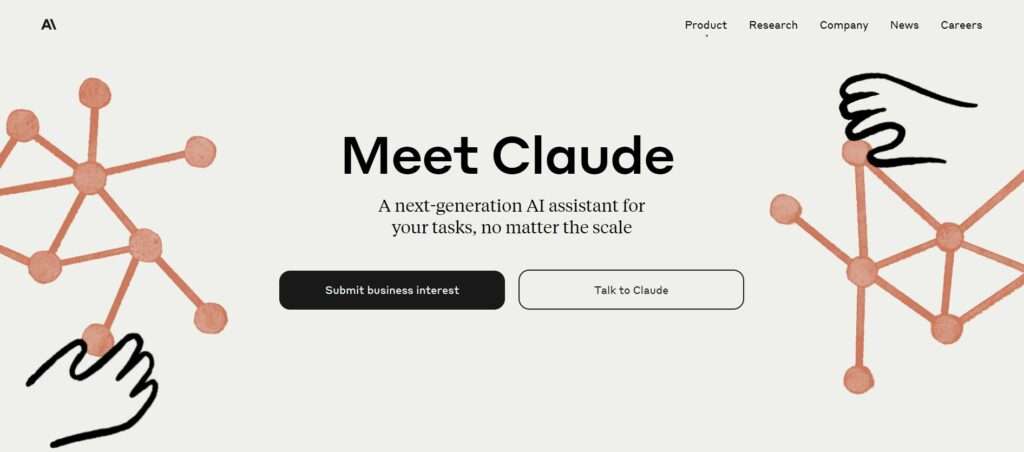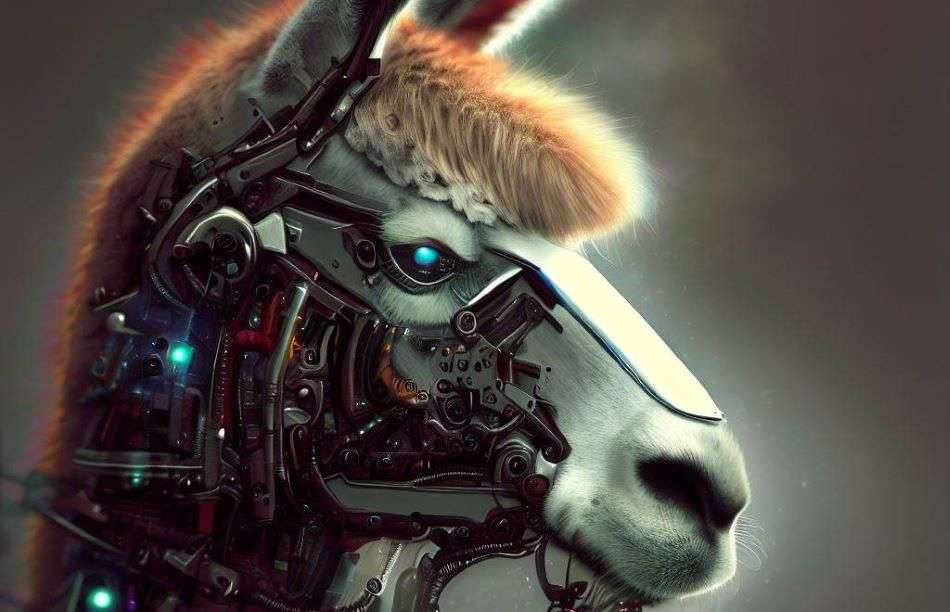Meta AI Llama 2 vs Claude AI: Powerful Contrast Between Open and Closed-Access
The concurrent emergence of Meta AI Llama 2 and Anthropic’s Claude AI spotlight a pivotal debate – open versus closed access in advancing large language models (LLMs). This debate embodies deeper philosophical tensions in how to develop AI responsibly. Let’s dive deeper into the key distinctions between these leading models shaping the future of AI: … Meta AI Llama 2 vs Claude AI: Powerful Contrast Between Open and Closed-Access
The concurrent emergence of Meta AI Llama 2 and Anthropic’s Claude AI spotlight a pivotal debate – open versus closed access in advancing large language models (LLMs). This debate embodies deeper philosophical tensions in how to develop AI responsibly.
Let’s dive deeper into the key distinctions between these leading models shaping the future of AI:
Openness – A Clear Edge for Meta AI Llama 2
By fully publishing Llama 2’s architecture and training techniques, Meta sustains open progress in AI research. Scientists worldwide can freely build on Llama as a foundation for new innovations.
Explore the capabilities of Meta AI Llama 2 for yourself: Download – Install – Explore!
This spirit of transparency comes at the cost of competitive advantage. Meta could have kept Llama’s inner workings secret to maintain an edge. But open access allows the entire community to benefit from and compound Meta’s substantial data, compute, and modeling investments.
Over time, distributed open development across companies and academia may unlock Llama’s full potential faster than siloed efforts. Open ecosystems also enable collective oversight for catching issues early.
In contrast, Claude’s closed development concentrates gains within Anthropic’s walled garden. Adopting Claude requires becoming a paying customer, not freely using newly shared knowledge to innovate. This skips the collaborative leapfrogging that open source enables.
Anthropic argues controlling access allows funding ongoing R&D and carefully evaluating risks before wide release. But at what point does prudence become detrimental hoarding? Handled judiciously, openness can accelerate collective safety solutions.
Capabilities – A Draw For Now: Meta AI open Source vs Anthropic Closed Source AI
On raw capabilities, Llama 2 and Claude appear evenly matched so far based on initial benchmarks. Both handle conversational tasks at a high level rivaling ChatGPT.
But Llama 2 edges ahead on some fronts. Its strong performance across diverse benchmarks reflects foundational skills beyond narrow demos. Llama’s open training details also enable apples-to-apples comparisons that closed models evade.
As a commercial product, Claude may have emphasized optimization for scripted demos versus general competency. Without full transparency, we cannot verify if Claude’s architecture contains undisclosed shortcuts or weaknesses. Closed development also limits Claude’s potential to benefit from open community enhancements over time.
Safety – Claude AI Thoughtful Caution Warrants Patience

Responsible AI development is crucial given recent spectacular failures that jeopardized public trust. Here Anthropic has an edge by keeping Claude restricted to limited partners until deemed sufficiently safe at scale.
Meta took laudable precautions with Llama 2, far exceeding other open models. Steps included dataset curation, filtering classifiers, and techniques like reinforcement learning for safety. But once any AI is released openly, preventing harms depends entirely on users acting judiciously.
With Claude’s early access limited by licensing, Anthropic can closely monitor use cases and model behavior before wide consumer exposure. This thoughtful caution warrants patience to ensure models like Claude live up to their promise without endangering the public.
However, excessive opacity also carries risks. Hiding problems rather than engaging collective wisdom could allow issues to fester. And leading figures like Elon Musk argue limiting access concentrates power among potential bad actors.
Philosophical Alignment – Anthropic AI Advantage For Now
Anthropic’s Constitutional AI framework aims to directly embed principles of social good into models. This ethical emphasis is central to their mission.
In contrast, Meta leans more into ideals like transparency and democratization. But will openness alone ensure positive societal impacts without explicit alignment work? Time will tell.
For now, both models appear reasonably safe if used judiciously. But Anthropic’s principles-first approach may pay dividends as capabilities explode exponentially.
Of course, meaningful philosophical alignment remains an immense technical challenge. We must carefully weigh conflicts between utilitarian and deontological ethics, then translate resolves into mathematical objectives and constraints. Anthropic’s leadership shows deep understanding of these issues, even if solutions remain elusive.
Business Models – A Clash of Innovation Paradigms

With Llama 2 Meta AI Open Source aims to push AI forward as an open research contribution, with direct monetization as secondary. This public good orientation echoes ideals of science and knowledge serving all humanity.
In contrast, Anthropic views Claude as a product to fund its R&D, charging enterprise customers and partners. This closed business model is controversial but provides financial resources absent from open efforts.
Over time, sustaining rapid progress likely requires hybrid models balancing open access with incentives for intensive safety research unacceptable to advertisers. Perhaps consortiums among non-profits, governments and ethical corporations could support such work.
Development Culture – Each Has Advantages
Meta’s large research team rapidly iterates at huge scale. This industrialized approach can achieve impressively fast capability growth through brute force. Open societies have also prospered by cultivating specialization and competition.
On the other hand, Anthropic favors a craftsmanship culture with specialized expertise in safety. Smaller teams enable tight coordination on building ethical aims into the foundation. Markets sometimes underinvest in public goods requiring dedicated stewards.
Both cultures have merits and deficiencies. For instance, academic labs supply open insights but lack resources to implement cutting-edge systems. Perhaps we need diverse entities playing complementary roles – non-profits and startups upholding ethics, academia advancing theory, and corporations enabling widespread access.
In Summary – LLama 2 vs Claude AI
Llama 2 and Claude represent distinct schools of thought, each with merits:
- Llama opts for openness and democratization, releasing its full knowledge without restrictions. This could accelerate advancement through collaboration.
- Claude trades some openness for controlling access and focusing intently on safety. Thoughtful caution has value, but excessive opacity risks concealing issues.
- Anthropic directly targets aligning AI with ethics, while Meta trusts openness will evoke broader benefits. Purposefully embedding principles seems prudent as AI’s influence grows.
The ideal path forward likely combines their strengths: share substantive open research to enable collective discovery, while complementing transparency with thoughtful controls to mitigate harms, especially at massive scale.
AI’s immense potential to benefit humanity hinges on sustaining both relentless open progress and steadfast commitment to human values and ethics. Llama and Claude make great strides on these immense challenges from different but promising directions.
With both enlightened openness and principled caution, we can aspire to develop AI that uplifts humanity. But we have no time to lose in pursuing this vision.



